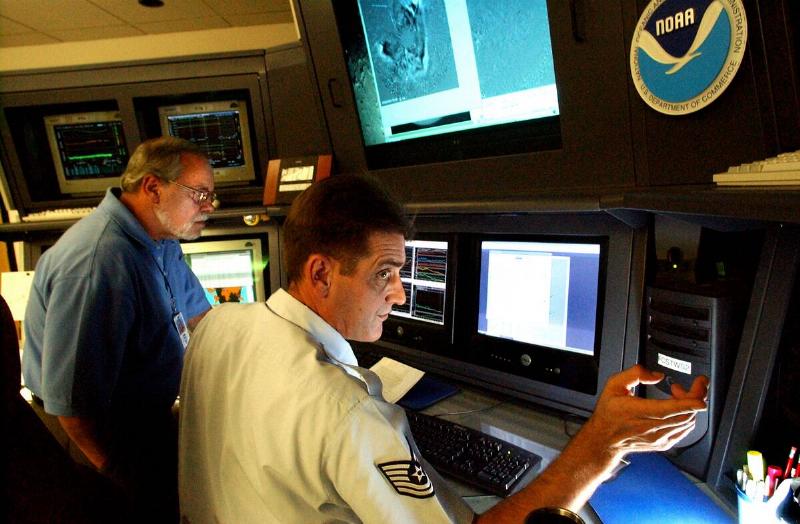“Decades Later: New Evidence Unveils the Mysterious Origin of the Ocean’s ‘Bloop’ Sound—What Scientists Discovered Will Shock You!”
Alternate theories start to surface

While theories that attributed the sound to mysterious sea life were certainly popular, others didn’t feel that a plausible explanation for the “bloop” required the invention of a new species.
For them, it was more likely that researchers uncovered the sonic side effects of a secret underwater experiment by one of the world’s many military forces.
Far more mundane explanations

According to the NOAA, some explanations put far more common vessels as the source of the “bloop.” For some individuals, ship engines or even the winches on fishing boats could have made the sound.
But considering how far-reaching and loud the sound was, such explanations severely overestimated how noisy either of those devices is capable of being.
Fun speculation but nothing more

When Wired spoke to NOAA seismologist Robert Dziak, he made it clear that nobody tasked with uncovering the mystery behind the “bloop” seriously thought a giant animal was responsible.
He also explained what led the public to believe otherwise.
A misleading edit

As Dziak told Wired, “What has led to a lot of the misperception of the animal origin sound of the Bloop is how the sound is played back.”
By that, he meant that the noise commonly heard by the public was about 16 times the normal speed of the “bloop’s” original audio file, which made it sound like an animal cry.
A lumbering rumble

Dziak further explained that when the sound was slowed down to its normal speed, it sounded more like an earthquake or a rolling thunderstorm.
That meant that for NOAA scientists, the most likely explanation was that a sustained natural process was causing the “bloop.” They just had to figure out what it was.
Some well-trained ears

What made the “bloop” so exciting to researchers was the fact that it’s actually quite rare for the NOAA’s hydrophones to pick up a sound they didn’t recognize.
As Dziak explained to Wired, almost every sound that comes in fits into one of five major categories: Geophysical, anthropogenic, ice, weather, and animals.
Rare and usually inconsequential exceptions

The weather, ice, and animal categories are self-explanatory. But the geophysical category refers to events like underwater volcanic eruptions or earthquakes, while the anthropogenic category has to do with sounds made by ships and other human creations.
In Dziak’s words, “Anything else is usually just some kind of electronic interference with the signal.”
The search was on

But since it was unclear which category the “bloop” fit into (if any), PMEL researchers set up more hydrophones in the region it was first detected.
According to the NOAA, those devices weren’t intended to find the source of the sound so much as to study the sounds of underwater volcanos and earthquakes.
Closer to the truth

But the closer those hydrophones were placed to Antarctica, the closer researchers came to discovering the true answer to the “bloop.”
And in 2005, the biggest clue to that answer finally came.
Listening closely

As Dziak told Wired, researchers were particularly interested in the data they recorded from the Bransfield Strait and the Drake Passage.
Both of these water bodies are near Antarctica’s northwesternmost peninsula, and their sounds were subject to what Dziak called an “acoustic survey.”
A perfect match

The NOAA’s acoustic survey went from 2005 to 2010, and by the time it was concluded, researchers were confident they had heard the same sounds that confounded the world in 1997.
Dziak described the audio they gathered as nearly identical to the “bloop” in terms of how frequent the sounds were and how long they persisted each time they were heard.
The mystery was finally solved

Unlike when the “bloop” was first discovered, the increased use of monitoring equipment in the area made it significantly easier to determine what was making these distinct noises.
And so, the NOAA discovered that the researchers in 1997 were listening to an icequake.
What is an icequake?

According to the NOAA, this term refers to the sounds and vibrations resulting from an iceberg breaking off a glacier.
Since that was occurring during the organization’s acoustic survey, it stood to reason that something similar happened when hydrophones first picked up the “bloop.”



















